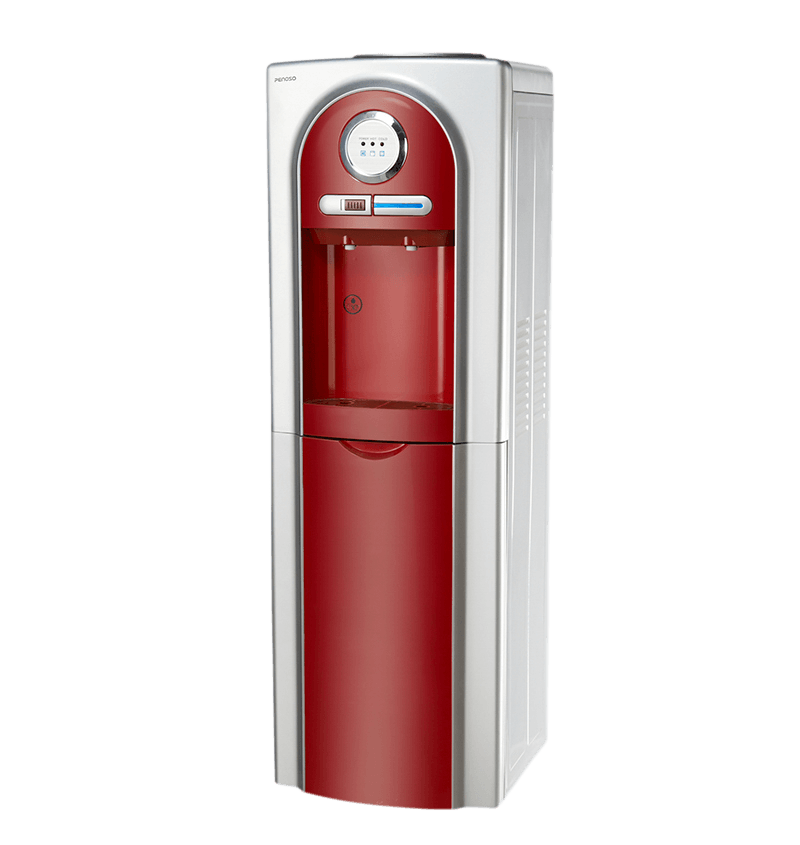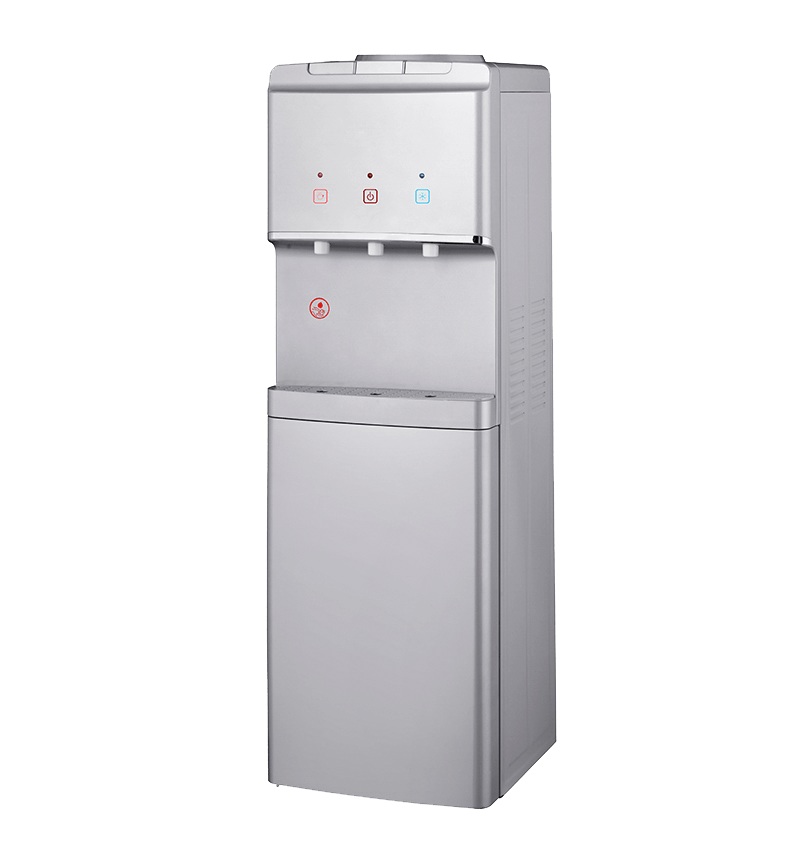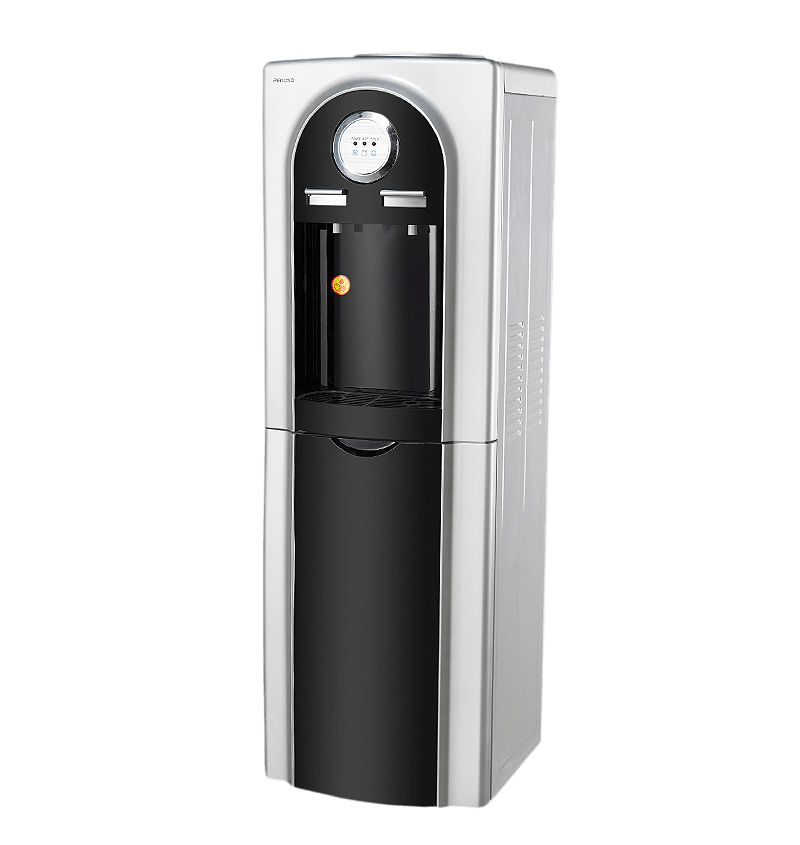These common problems of household drinking water have become easily solved, but with the increasing popularity of water purifiers and the advent of summer, some important water purifiers use common sense also need to have a certain understanding, especially It is the cleaning of the water purifier. Long-term use without cleaning may turn the water purifier at home into a "sewage device".
Nowadays, the use of water purifiers has been widely used in households in various cities. However, due to the large number of water purifier brands in my country at this stage and the confusion of concepts, some manufacturers use consumers’ ignorance to promote water purifiers and super Regardless of whether there is a filter or a pure water machine, it is difficult for consumers to choose a water purifier suitable for their family. However, to choose a water purifier product that is truly suitable for their use, consumers need to make a rough diagnosis of the water quality in their homes. Today, the editor will teach you several common methods:
1. Wang: "Wang", observe directly with the naked eye. You can use a transparent glass to fill a glass of water from the tap of your own faucet, let it settle for three hours, and then observe whether there is any sediment at the bottom of the cup. If there is, it means that the water is too suspended many.
2. Smell: "smell" is to feel the smell of water with the nose. At present, most of the tap water in our country is disinfected with chlorine gas. If the chlorine gas exceeds the standard, it will produce a very pungent smell.
3. Taste: "Taste", of course, try to drink it. Method: drink boiled water with or without the smell of bleach (chlorine), if you can smell the smell of bleach (chlorine), it means that the residual chlorine in the tap water exceeds the standard! A water purifier must be used for terminal treatment.
4. Guan: "Guan" is different from looking. Guan is to observe the condition of the water within a certain period of time. Method: Use tap water to make tea and observe whether the tea turns black overnight? If the tea turns black, it means that the tap water contains iron, If the manganese exceeds the standard, a water purifier equipped with iron and manganese filter elements should be used for terminal treatment.
5. Product: "Pin" drinking water is the same as drinking tea. You have to experience it with your heart. Method: Pour a cup of boiled water and taste the boiled water. Is there any astringency in the taste? If so, it means that the hardness of the water is too high.
6. Check: "Check" is to check whether there is a layer of yellow dirt on the inner wall of the water heater and kettle at home? If the water quality is harder, some water containers in the house will be scaled, which is what we often call "scale" .

With the emergence of a series of household water treatment equipment such as ultrafiltration machines, pure water machines, and water softeners, these common problems of household drinking water have become easily solved, but with the increasing popularity of water purifiers And with the arrival of summer, some important water purifiers use common sense, especially the cleaning of water purifiers. Long-term use without cleaning may turn the water purifier at home into a "sewage device".
According to the brand director of a certain water purifier, when consumers buy household water purifier products, they just don’t know the product, plus the flicker of the water purifier shopping guide, so they can’t correctly recognize whether the water purifier product is suitable for them. For the family needs, I don’t know much about the cleaning of water purifier products. How should the water purifier be cleaned? What are the cleaning methods for the water purifier? Now the editor will popularize the knowledge of household water purifier cleaning for the health of your whole family. Drinking water escort.
First of all, you must determine what kind of water purifier you need. The filter elements of the pipe filter mainly include PP cotton, block carbon, activated carbon, ceramics, ultrafiltration, exchange resin, RO reverse osmosis, and ceramic cores can be used with toothbrushes and clean water. Brush, the exchange resin can be regenerated with saturated brine, and the ultrafiltration can be washed by backwashing.
Other filter elements are basically disposable. The life of PP cotton is 3 to 5 months, the life of lump charcoal and activated carbon is about half a year, and RO reverse osmosis is about 2 years. The life of the filter material of the central water purifier (used for water purification in the whole house) is generally 5 to 15 years, because the general central water purifier has a backwash function, which can extend the life of the filter material, these are only basic values , The specific life span is still determined by the water quality and water consumption of the home.
Products that only replace the filter element cannot guarantee that there is no secondary pollution on the inner wall of the shell and the outlet pipe. The replacement cycle of the filter element of different water purification products is different. The lower-cost PP cotton must be replaced once a month, and the activated carbon is three months.
In addition to replacing the filter element, it is also necessary to clean and disinfect the water outlet pipeline and other components on time, otherwise the pollution caused by the equipment is much greater than the untreated water. Therefore, it is especially important to purchase qualified water purifier products.



 English
English عربى
عربى Português
Português Español
Español.jpg)








